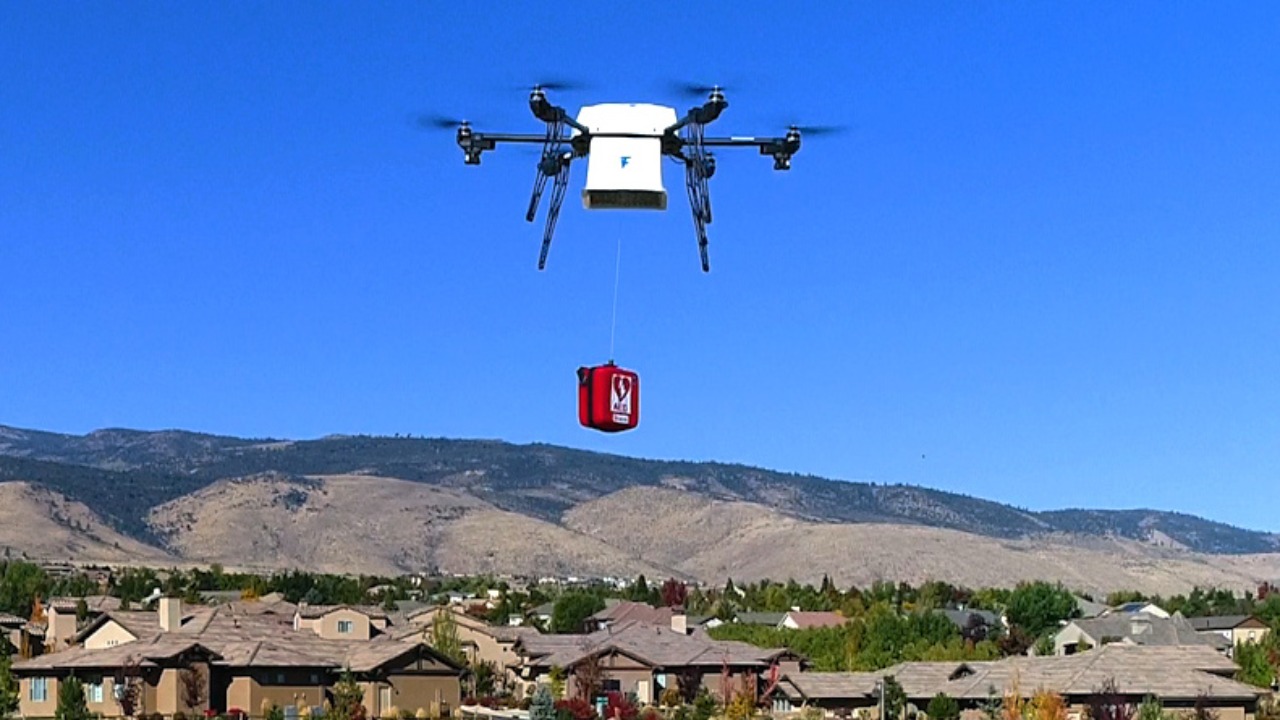
The advent of drone technology has radically transformed the shipping industry, offering a viable alternative to traditional air cargo methods. This new era is marked by the rise of drone fleets, revolutionizing shipping with their potential to rival air cargo in efficiency, cost-effectiveness, and environmental impact.
Understanding the Rise of Drone Fleets in Shipping
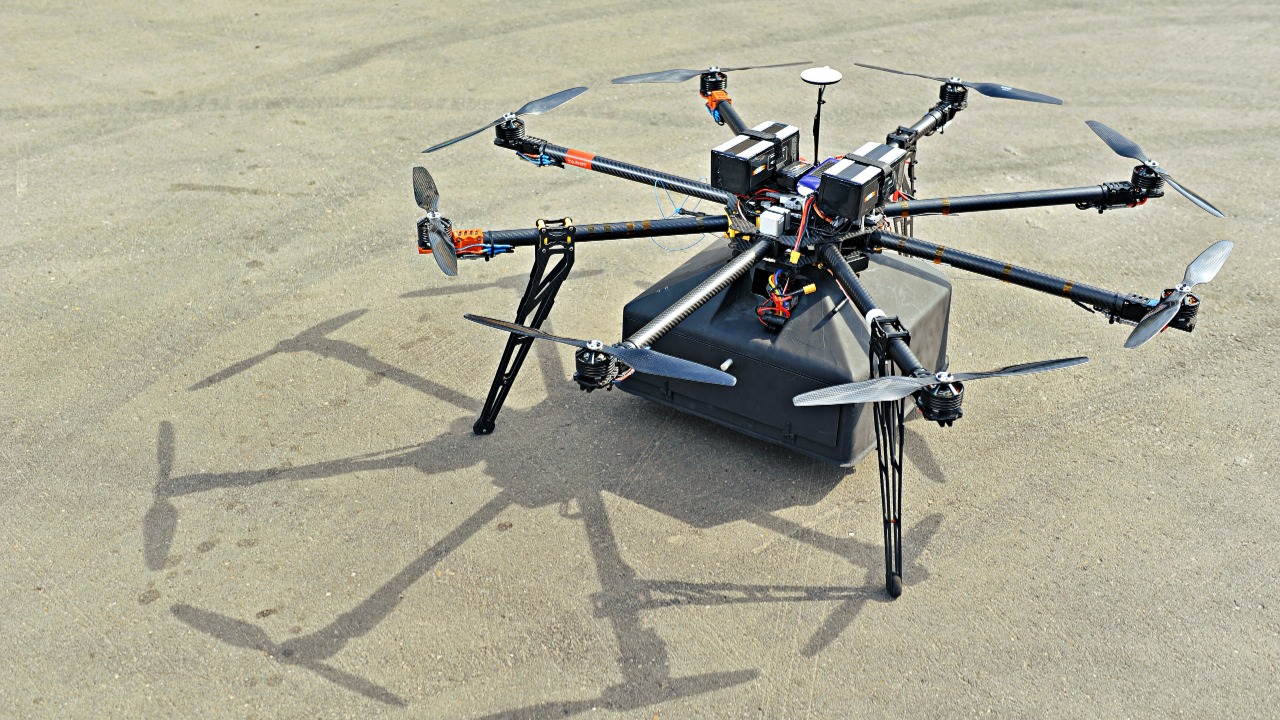
Drone technology has experienced significant evolution over the last few decades, propelling it to the forefront of logistic solutions. Initially, drones were heavily utilized in military operations, but over time, their application has expanded to a range of industries, including logistics and shipping. As the technology became more sophisticated and reliable, the concept of using drones for cargo transportation started to gain traction.
The emergence of drone fleets in shipping is a testament to the continuous innovation in the logistics sector. Companies are increasingly turning to drone delivery as a way to streamline their operations and improve customer experience. The rise in e-commerce and the demand for same-day delivery services have further fueled the popularity of drone fleets in shipping.
The Operational Efficiency of Drone Fleets
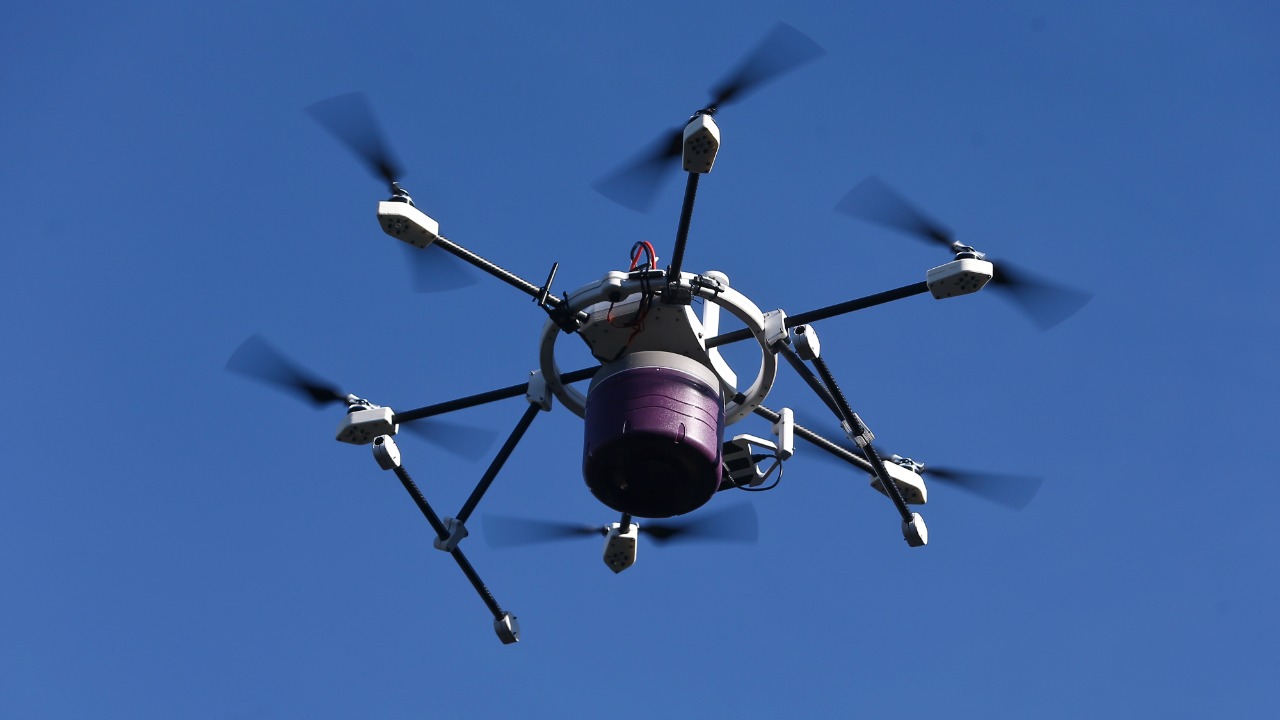
The speed and efficiency of drone delivery are remarkable compared to traditional methods. Drones are not bound by traffic congestion or geographical barriers, enabling them to deliver packages directly to the recipient’s location in a fraction of the time. These unmanned aerial vehicles can operate 24/7, making them an efficient solution for urgent deliveries.
Drone fleets are also facilitating ‘last mile’ delivery, a critical aspect of the supply chain often plagued by logistical challenges. The ‘last mile’ refers to the final step of the delivery process when a package reaches the customer’s doorstep. With their ability to navigate urban landscapes and remote areas with ease, drone fleets are revolutionizing the ‘last mile’ delivery, as discussed in-depth by TGL and Advanced Logistics.
Economic Implications of Drone Technology in Shipping
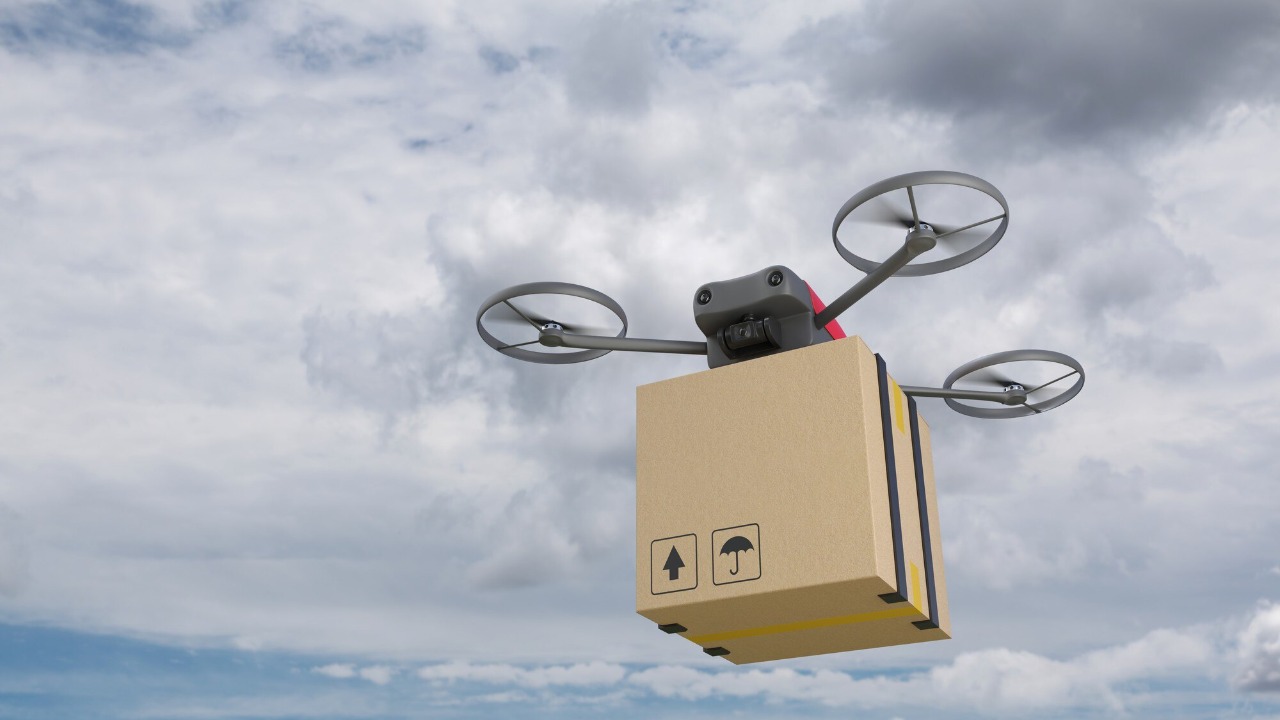
Switching to drone shipping can have significant economic benefits. A cost-benefit analysis reveals that drone fleets can reduce delivery costs compared to traditional air cargo. Lower fuel consumption, fewer labor costs, and improved efficiency contribute to this cost-effectiveness.
The use of drone fleets also opens up new market opportunities. The drone shipping market is expected to grow exponentially in the coming years, creating numerous economic opportunities for businesses. However, it’s crucial to consider the initial investment required to establish drone fleets and necessary regulatory compliance, as highlighted by Taylor & Francis.
The Environmental Impact of Drone Fleets

Drone fleets can potentially offer environmental benefits compared to traditional air cargo. They consume less energy and emit fewer greenhouse gases, making them a more sustainable choice for cargo transportation. However, it’s essential to note that the environmental impact of drone fleets depends on factors like the energy source and the manufacturing process of the drones themselves.
On the flip side, there are valid concerns about the environmental impact of widespread drone usage. Noise pollution, wildlife disturbance, and the disposal of spent drones are some of these concerns that need to be addressed as the technology becomes more prevalent.
Case Studies: Successful Implementations of Drone Shipping
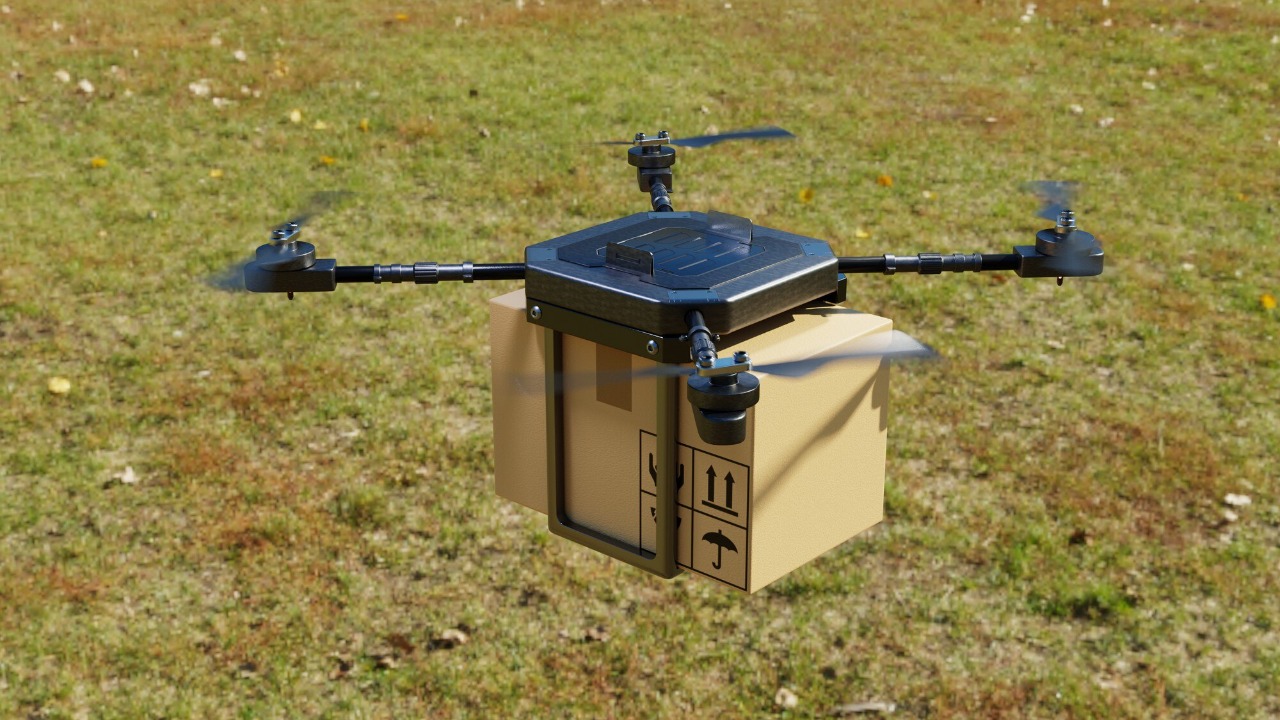
Several case studies highlight the successful implementation of drone shipping. For instance, the Chinese e-commerce giant JD.com has been using drones for rural deliveries since 2016. Similarly, Amazon made headlines with its Prime Air service, which aims to deliver packages to customers in 30 minutes or less using drones.
The world’s first cargo drone airline, Dronamics, is another prominent example. Based in Bulgaria, Dronamics plans to operate unmanned cargo drones that can carry 350 kg over 2,500 km, as reported by CORDIS. These successful implementations demonstrate the potential of drone shipping and its implications for the future of the logistics industry.
Future Prospects: Drone Fleets and Air Cargo Rivalry
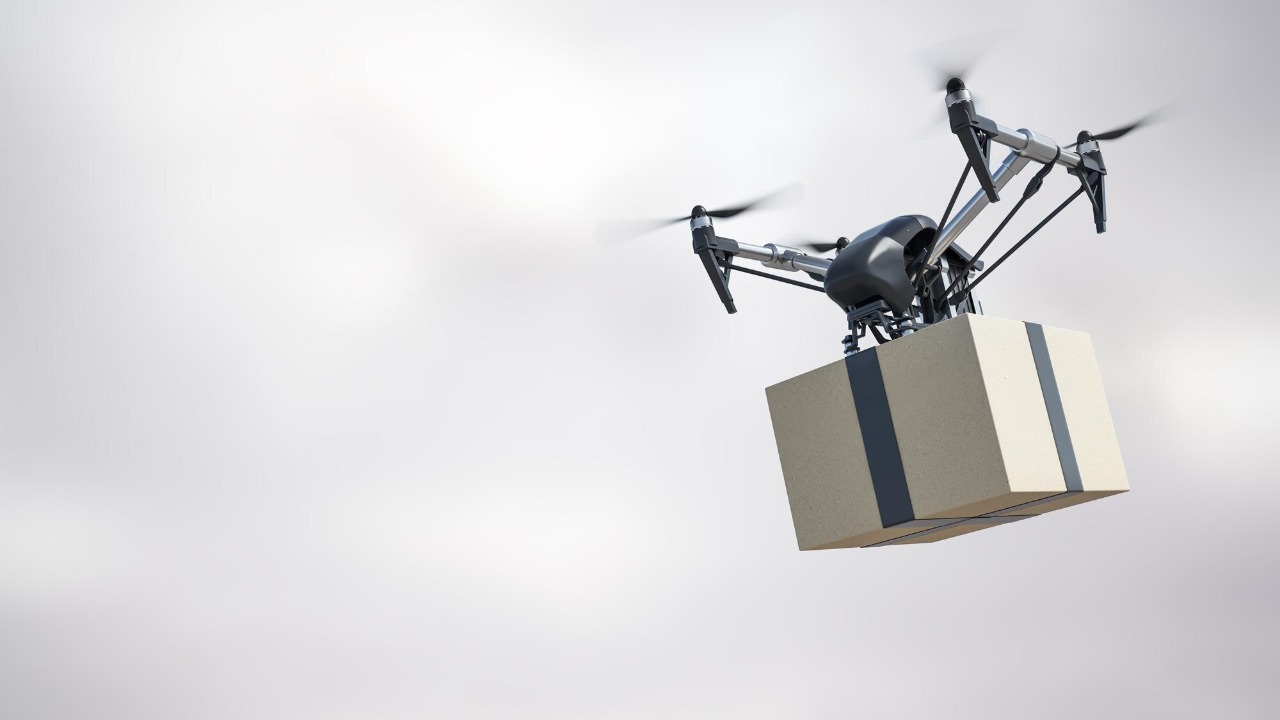
The potential for drones to rival or even surpass traditional air cargo in the future is significant. As technology continues to advance, drones are expected to carry heavier loads and cover longer distances, challenging the dominance of air cargo. However, there are several hurdles to overcome, including regulatory constraints, safety concerns, and public acceptance.
Despite these challenges, the benefits of drone shipping cannot be ignored. By combining speed, efficiency, and cost-effectiveness, drone fleets have the potential to revolutionize the shipping industry. But to achieve this, it’s imperative for governments, industry stakeholders, and the public to work together to address the challenges and shape a future where drone fleets become an integral part of our logistics ecosystem, as discussed by Air Cargo Week.